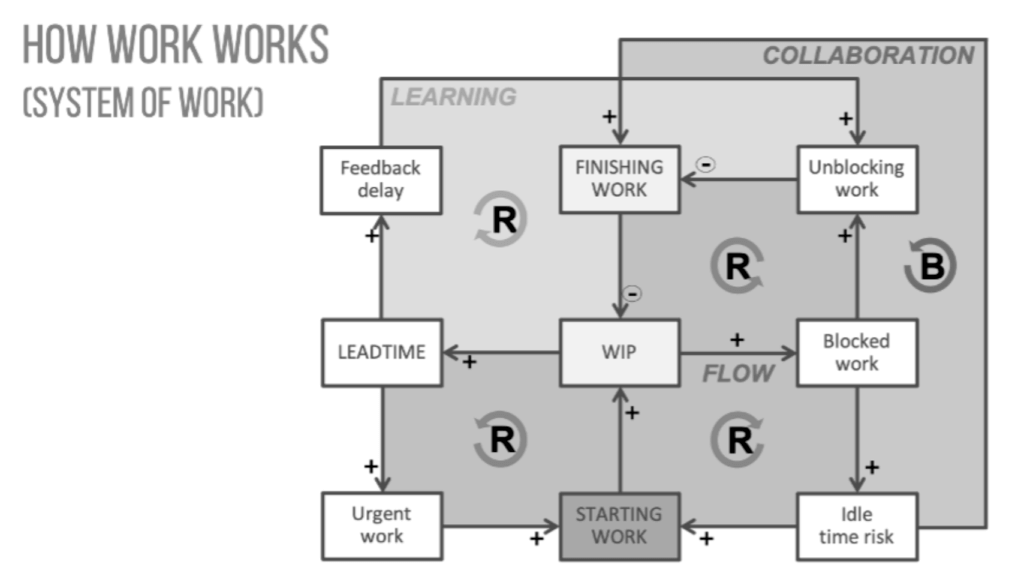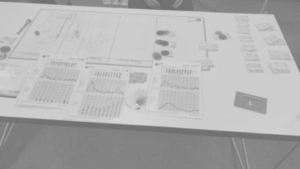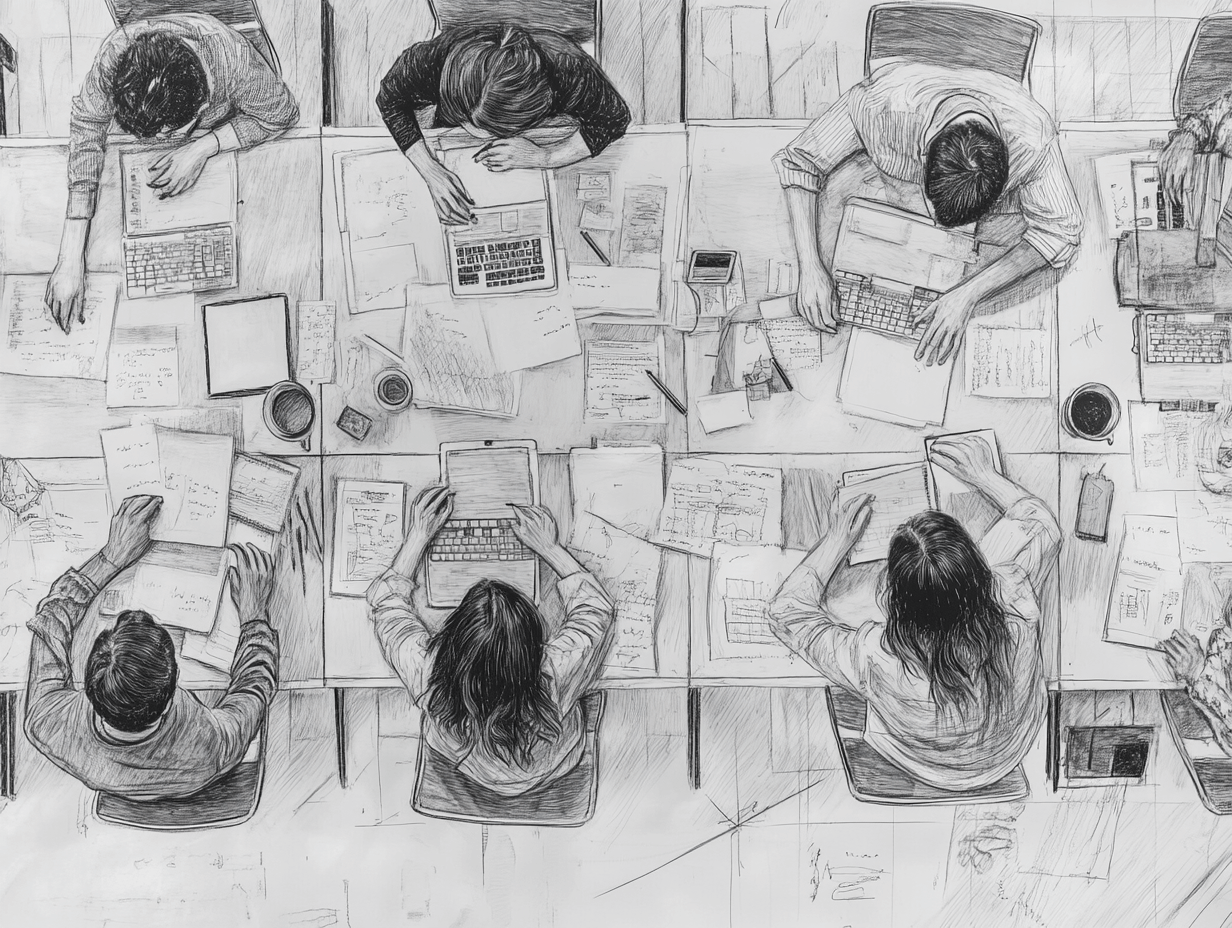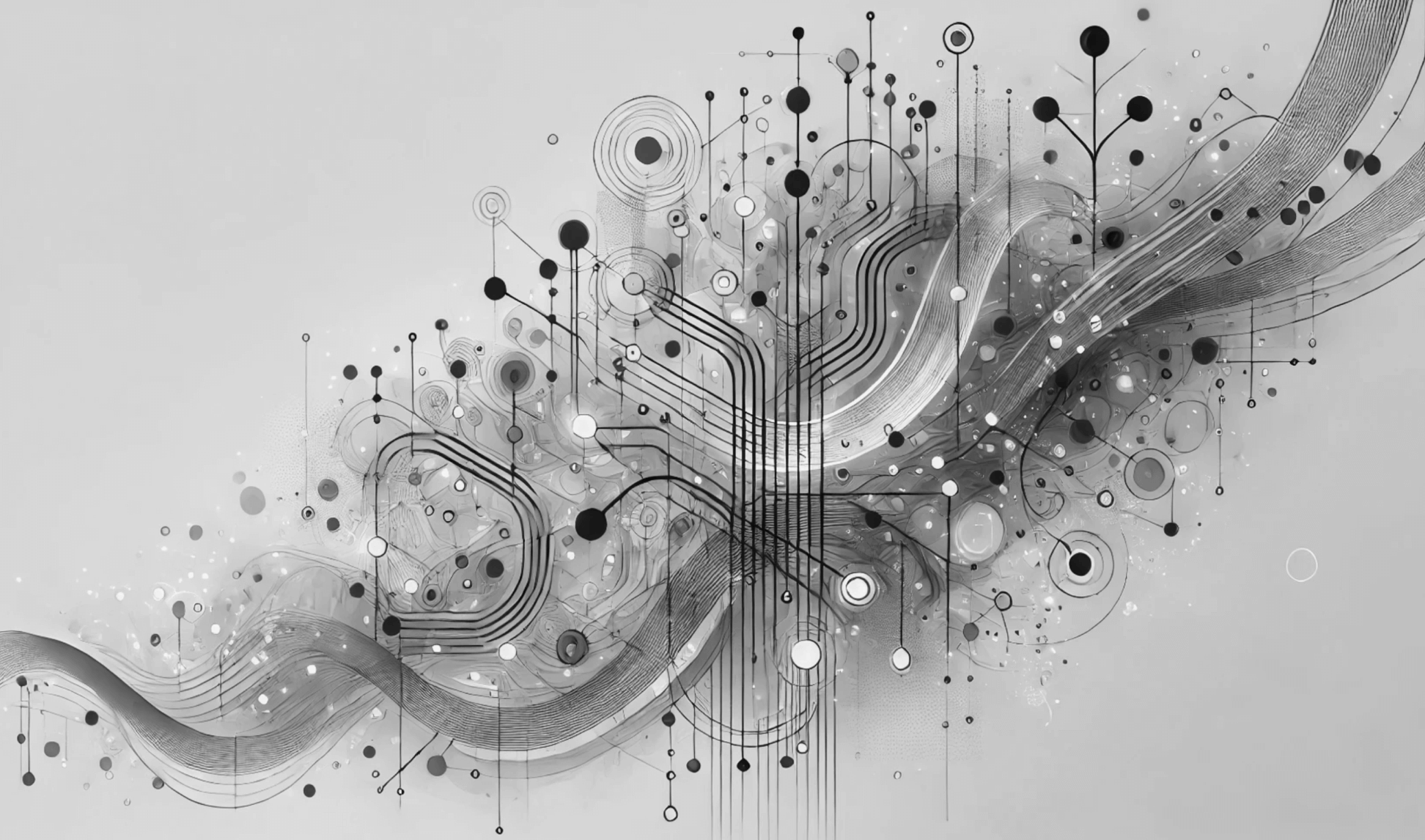Using knowledge about how we learn to our advantage in achieving agility
Learning is about creating new habits and new or changed mental models, and often requires that we un-learn what we already know, old habits and our habitual ways of seeing the world around us. Learning can result in both good and bad habits, whether it’s about learning to swim better or to work in a new way, un-learning is difficult. In pressed situations, we easily fall back into old, bad, habits because our behavior is mostly controlled by our intuition, not by our rational thinking.
When transforming into Lean and Agile ways of working and a Lean Agile Mindset, people need to un-learn and create new or updated mental models in order to think and act in a way that is sometimes quite different from how they used to do. Knowing how learning and behavior works and we create the conditions for learning and for un-learning are crucial tools in changing ways of working, thinking and a culture by setting up constraints to enable learning, and we can use Lean and Agile concepts like collaboration and flow in doing so.
Learning theories
How we learn new things is not always the same. Learning can happen in a wide variety of ways. To explain how and when learning occurs, a number of different psychological theories have been proposed. Remember that learning is a continuously ongoing process and that it implies both good and bad behaviors.During the early part of the twentieth century, a number of different learning theories emerged to explain how and why people behave the way that they do. The learning theories of development are centered on the environmental influences on the learning process. Such environmental influences include association, or classical conditioning, like Pavlov’s dogs being conditioned to drool when getting a neutral stimuli like a whistle blow, operant conditioning using reinforcements and punishments of specific wanted or unwanted behavior to strengthen or weaken the behavior, and social learning, learning by observations. Much of learning actually happens indirectly, through observation. We observe the actions of those around us, and then imitate these behaviors. This is how we fit into social groups and adapt to a culture, necessary for our survival through history, and this is why children do as we do, not as they are told, and why leading by example is so important.
In the 1980’s the theory of experiential learning was developed, and it focuses on our individual learning process, telling us that the most effective learning happens through doing. The experiential learning theory has two parts, a four-stage cycle of learning and four separate learning styles. Using the learning cycle, resembling the PDCA loop, we can create conditions for learning through concrete experience and reflection to help create abstract concepts, the concepts are either new or changed mental models that we then can apply flexibly in a range of situations.
This is useful when we want to learn or teach new concepts or skills, like Lean and Agile ways of working and thinking.
Being human, we are constantly learning and the way we tend to do this is either by copying, or by doing, and this goes for both good and bad behaviors. Regardless of which, we use our abstractions or mental models as reference or rule book when reflecting.
Mental models
Our thinking is both intuitive and rational. Rational thinking is slow, a conscious thought uses rational and logic, we use it to reason, review and reflect. Intuition is based on fast patterns, based on previous experiences – our mental models. Jonathan Haidt, author of The righteous mind, uses the metaphor of the elephant and the rider when talking about our intuitive and rational brain. This is the same kind of reasoning Daniel Kahneman uses describing “System 1” as fast, instinctive and emotional and “System 2” as slower, more deliberative, and more logical.
Haidt says that the mind is divided, like a rider on an elephant, and the rider’s job is to serve the elephant. The rider is our conscious reasoning – the stream of words and images of which we are fully aware. The elephant is the other 99 % of mental processes – the ones that occur outside of awareness but that actually govern most of our behavior, our intuition. When we learn by doing, we use our rational thinking to reflect on our experience in order to make the new experience a fast pattern, part of our mental models and intuition.
Learning by copying others behavior also creates mental models, but usually without involving reflection, our rational thinking. And the thing is, as humans we are prone to confirmation bias as a way of reinforcing our mental model. Experiments involving people solving a problem where there are random patterns that can be found early on, shows that the initial abstract model created when the random patterns are found,, makes it almost impossible for the test subjects to see the actual simple pattern that is actually there. They keep using their faulty model to solve the problem, failing over and over again. Using the same approach to solve the same problem and expecting a different result is … stupid(?), but if we recognize that we do not easily update our intuition, or change our mental models and rule set, what does it take to re-learn?
Chris Argyris calls using our current mental model, or ruleset, to solve a problem single loop learning, while questioning the underlying assumptions that our ruleset is based on is what he refers to as double loop learning. In order for double loop learning to happen some kind of friction or tension, a feeling of something about our assumptions not being quite right, is needed for us to realize that our mental model might be faulty, pushing us into thinking differently.
Intuition comes from past experience, and in order to un-learn and re-learn, we need to create situations or opportunities to get new experiences and reflect on the experience and on our underlying assumptions. As change agents we can help create the right settings for this to happen.
When starting a change journey following the SAFe implementation roadmap, we train everyone and then launch trains. We start out by introducing the theory and add exercises to allow individuals to experience and reflect and start creating new abstract concepts, and then we start working in order to reinforce the concept and continue the learning.
When training horses and riders I realized people and horses have a lot in common, only you can’t explain new concepts to a horse using words, you have to set up exercises in a way that helps the horse get it, and of course, when training horses, reinforcing the right behavior is key for them to learn. I also learned that setting up exercises in a way for the rider to experience what I was trying to tell them seemed to help the rider get it as well.
This type of training is called constraint led training and is commonly used in sports. It acknowledges that the most effective learning is done through doing and reflecting on doing, and that learning involves abstract concepts that can be applied flexibly in different environments. Instead of giving the learners explicit instructions and specific techniques, you create tasks and formulate constraints to let students learn by doing, reflecting and adapting to develop skills and capabilities, developing intuition and adaptable skills.
If we translate this into training agile skills, we can use constraints like limiting WIP to help increase flow and time boxing to enforce faster feedback loops and faster learning. If we start by understanding how work works, we can start to understand how these constraints can be used for learning, and zooming out a bit, these practices can be seen as parts of a system that enable agile capabilities in an organization.

Let’s say we have teams that are mostly experts, they are starting to use agile methods, but there’s still a lot of specialist work, keyman dependencies and bottlenecks. We do a Team Competency Matrix and understand what skills the team needs to get the job done, and what skills they have right now. Connecting to the demand, now and future, we can set learning goals.
But, … in most teams and organizations, even if there is a will to improve and learn, lack of time, or inability to take time from working to learn, will surface as something stopping us from doing the things that seem rational. This is rarely a time issue, and we know planning for learning as we work will improve our performance over time. Instead, in most organizations the underlying reluctance to put effort into learning is often connected to culture, how we usually do and change is inhibited by constraints like the way we are being measured and rewarded – individually and by cost centers – and what we optimize for – like resource efficiency.
In the case of specialized workers, like some of the teams I have worked with, if they have been the only ones working on a module for the last 25 years, not everything they’ve done is top notch code, and showing others their work taps into fear of being exposed and maybe admitting they don’t really know. A way to address this in a non-threatening way is to not put up explicit learning constraints, instead we want to use other constraints that will enable the learning. Like a collaboration policy – borrowing from The Phoenix Project – ”Brent cannot start work alone”, having two team members working together on an item enables learning by collaboration.
Simulations as a tool for learning by experience in a safe environment

Using what we know about learning, like the learning cycle and constraint led training, we can use theory and set up an environment where we can manipulate certain constraints to create those moments of “Oh, I see!”, and enable them to reflect and to develop intuition and adaptable skills.
We can do this in the actual team setting, introducing constraints by the team agreeing to use a collaboration policy we give the team opportunities and situations to create new experiences which will change the way they act and think, but rather than experimenting in the real world, we can use simulations to have learning happen in a safe-to-fail place and shorten the time from having a concrete experience to learning from the experience and bringing that learning into the next step of active experimentation.
Since it’s in our nature to learn new behavior by copying or by doing, the ”wrong” learnings or behaviors can actually spread across any culture just as easily as the “right” ones. Be careful that you are not only projecting your own experiences, and imposing our own models on others, they will only learn so much from listening. In order to learn effectively, they need experiences of their own.
“It is easier to act yourself into a new way of thinking, than it is to think yourself into a new way of acting.” ― Millard Fuller
References and more reading on the topic:
- Kolbs learning cycle – www.simplypsychology.org/learning-kolb.html
- Jonathan Heidt – https://righteousmind.com/
- Chris Argyris/double loop learning – https://journalofleadershiped.org/jole_articles/double-loop-learning-a-concept-and-process-for-leadership-educators/
- System of work – https://agilethinking.okaloa.com/system-of-work/https://resources.kanban.university/wp-content/uploads/2018/05/Patrick-Steyaert_Think-Beyond-Methods.pdf
- Learning to un-learn – https://youtu.be/IRIPMHT0dF0
- Simulations – https://www.okaloa.com/


